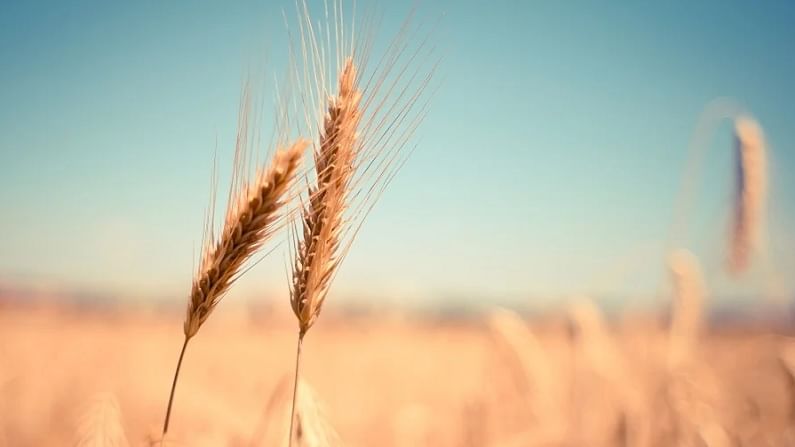Additional foodgrains: Government has other measures too to help the poor
On March 26 last year, the Centre had announced a slew of measures such as free foodgrains and hiked MGNREGA wages, doles to Jan-Dhan account holders and ex-gratia payment for the elderly, widows and differently-abled

Faced with a second monstrous wave of COVID, the Centre has started loosening the purse strings just as it had to do last year when the lockdown was announced.
On April 23, the government rolled out a scheme from last year and said that it will provide 5 kg of food grains per person per month to the poor covered under the Pradhan Mantri Garib Kalyan Anna Yojana. The provisions will be supplied in May and June to 80 crore Indians “due to economic disruptions caused by the Covid-19 outbreak in the country”.
The scheme has been revived following some states declaring measures such as complete lockdown and night curfew to rein in the infection.
It will cost the Centre Rs 26,000 crore. The food grains in May-June will be over and above the amount stipulated by the National Food Security Act 2013.
Incidentally, the food grains programme is one of the several elements of a central package that was announced on March 26 last year by Union Finance Minister Nirmala Sitharaman.
One of the other elements were payment of Rs 500 every month for three months to the women Jan-Dhan account holder. The total expenditure on this count was Rs 20.60 crore.
In a move that was supposed to benefit 13.62 crore families, the Centre also decided to raise the wages of MGNREGA from Rs 182 per day to Rs 202.
An ex-gratia amount of Rs 1,000 was paid to 3 crore poor senior citizens, poor widows and differently-abled below the poverty line.
In 2020, the free foodgrains were given for three months April, May and June. It was declared by the finance minister that 1 kg per family per month would also be provided according to regional food habits. This decision was taken to ensure protein supply when incomes were jeopardised.
Benefits
In June the additional food grains allocation was extended till November that called for an additional outlay of Rs 90,000 crore.
Gas cylinders were also provided free of cost to 8 crore poor families in April, May and June to mitigate the hardships.
In April 2020, the first instalment of Rs 2,000 under Kisan Samman Yojana was paid upfront, benefitting 8.7 crore farmers.
The limit of free collateral lending for self-help groups formed by women was raised from Rs 10 lakh to Rs 20 lakh. There were 63 lakh SHGs in the country.
Boost for those at the bottom of the pyramid
To help low wage earners in organised sectors the government proposed to contribute 24% of their monthly wages into their provident fund accounts in April, May and June. This was applicable to those earning less than Rs 15,000 per month in businesses having fewer than 100 workers.
The government has also announced that it was creating a welfare fund for building and other construction workers. The Centre said in end-March that it would direct the state governments to utilise this fund to provide assistance and support to these workers. There were around 3.5 crore registered workers who could benefit from the fund, the government had said.
Download Money9 App for the latest updates on Personal Finance.
Related
- मैक्सिको के 50 फीसदी टैरिफ पर सरकार ने शुरू की बातचीत; जल्द समाधान की उम्मीद
- इंडो- US ट्रेड डील में पहले हट सकती है पेनाल्टी, रिपोर्ट में दावा
- रुपये ने फिर बनाया ऑल टाइम लो, जानें क्या है वजह
- बैंक कस्टमर के लिए बड़ी खबर, RBI हटाएगा ओवरलैप फीस,
- मैक्सिको ने अपनाई US जैसी पॉलिसी, 1400 से ज्यादा प्रोडक्ट लगाया भारी टैरिफ
- SpiceJet विंटर सीजन में जोड़ेगी 100 नई फ्लाइट्स! Indigo के कटे रूट्स का करेंगी भरपाई

